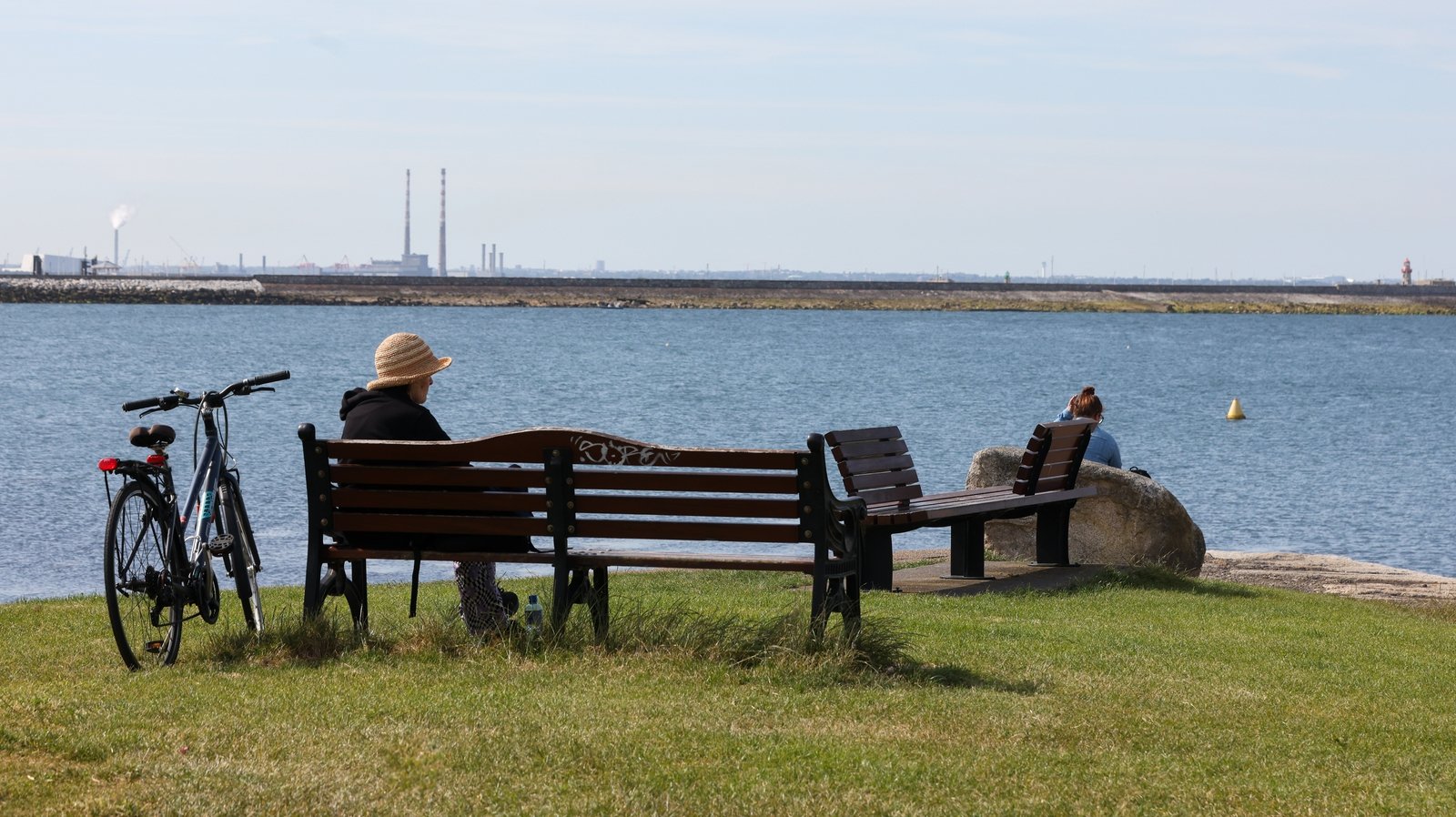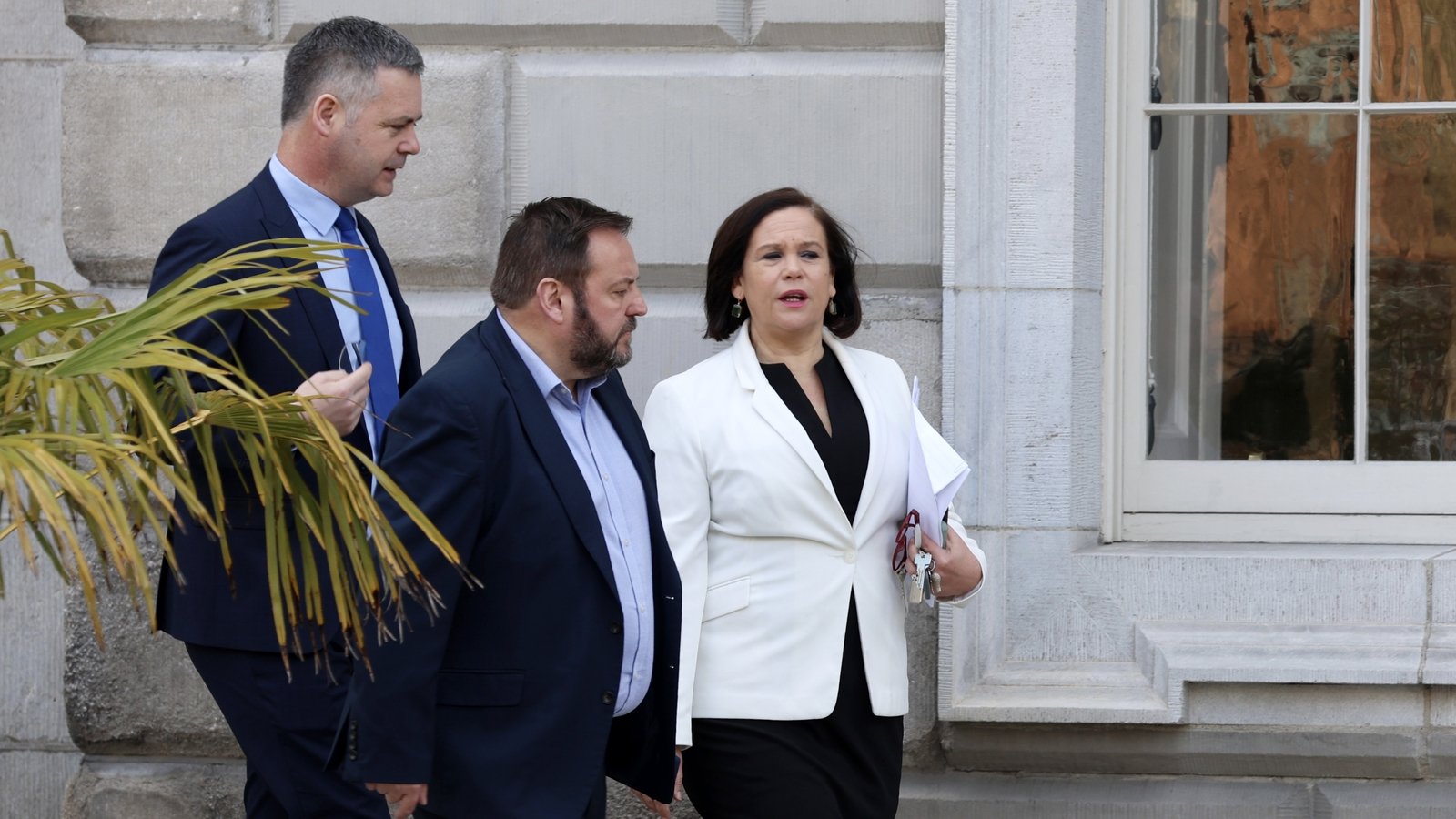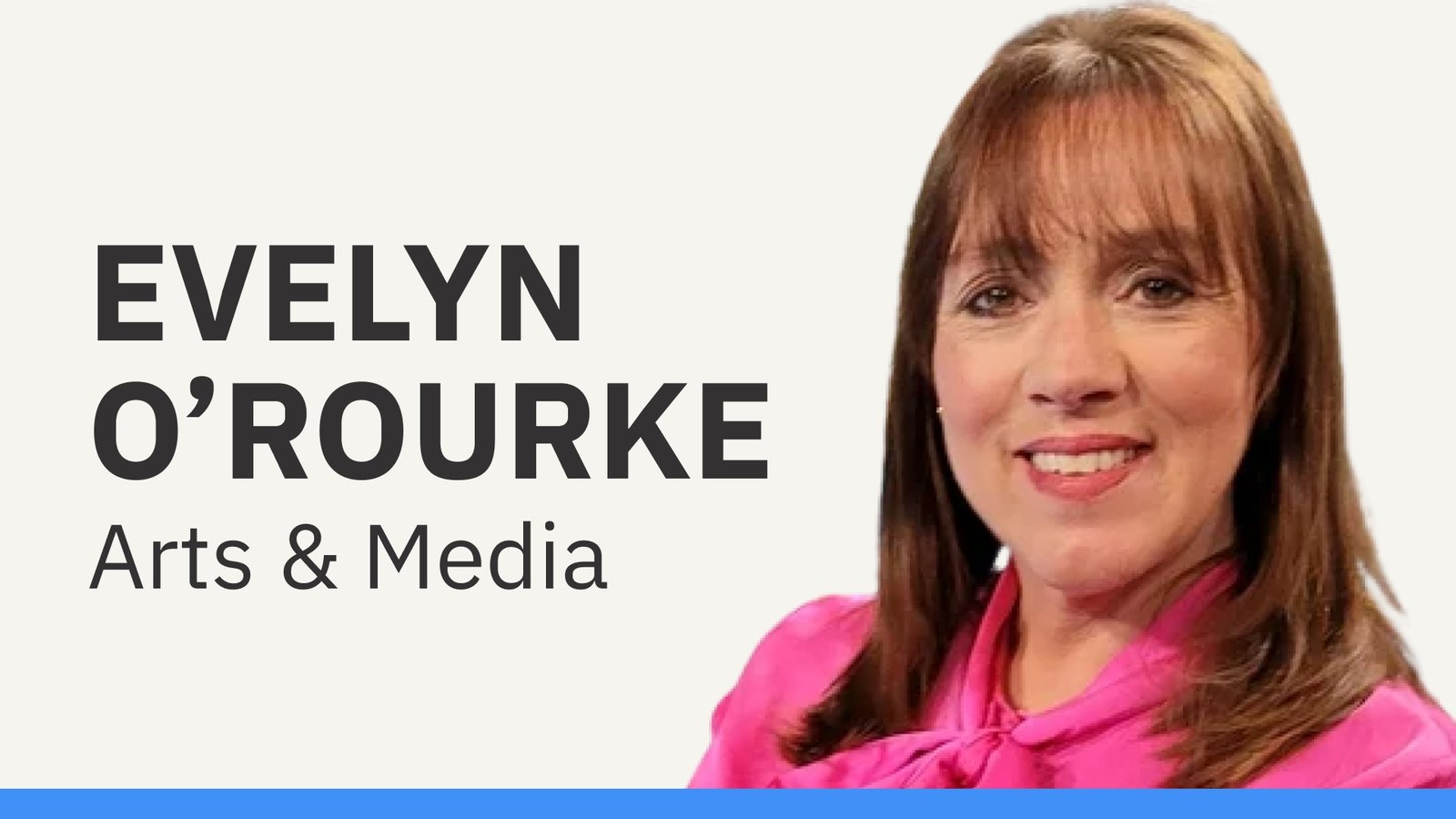Why the Irish are flocking to Australia

You could spot them a mile away – the Irish mammies and daddies out visiting their adult children in Sydney, pale to start but gradually browning, strolling along the prom at Coogee beach, sipping a cold drink and seeing for themselves just what drew their son or daughter there.
In January I was one of those Irish mammies. We took a big trip Down Under to see our son Dylan, who had left home exactly a year earlier.
Before he went, and on a very regular basis since, we’ve been hearing about yet another friend heading out, and now it seems like everyone I speak to has a relative or a friend who has emigrated to Australia in the last few years.
Coogee, where Dylan and many of his friends are living, is known as ‘County Coogee’, and when we arrived, we could see immediately exactly why.
It was like a small Irish town had been lifted up and transplanted to this lovely sunny seaside suburb of Sydney. There were Irish accents everywhere, along with the O’Neills shorts and county and club jerseys from all parts of Ireland.
Straight away too, you can see the attraction – lovely weather, beautiful beaches and no language barrier.
There are terrific public facilities – coastal walks, tidal pools, showers, toilets, lots of water-refill stations, plenty of picnic benches and big free-to-use gas barbeques.
It’s all there for a great outdoorsy and very healthy lifestyle. Gone is the struggle to get out of bed for work on a dark, miserable morning in Ireland.
In Sydney, it’s up early and off for a swim, a run, or a walk before work. In the evenings and weekends, they’re barbequing, camping, playing gaelic football, hurling or tag rugby and they never have to worry about the weather putting a damper on any of it.
If I was a lot younger, I would definitely think of moving out there myself!
Of course, it’s not all roses, it can be a challenge to get a place to live and the cost-of-living is similar to home but, from what I saw, those obstacles are being overcome and they’re really enjoying life.
Many of the recent wave of emigrants to Australia are on working holiday visas of a minimum one year’s duration, and since I got back, I’ve been thinking a lot about this latest wave of emigration, how it differs from previous ones; what’s the impact of all these bright, young people going away, the good things about it and the not so good?
I took a deep dive into a lot of statistics but bear with me on this, I’ll keep it to the key figures.
Remember, though, we are talking mainly about people in 20s and early 30s. In the year from July 2022, 21,525 work holiday visas were granted to Irish citizens to enter Australia.
That’s just slightly more than the population of Sligo town.
The figure is also more than double the number of visas issued over the previous 12 months and those figures don’t include other types of visas such as temporary resident skills visas.
The Australian embassy in Dublin says there are currently around 27,000 Irish visa holders in Australia.
Cliff Wilson from Castlecomer, Co Kilkenny, has been in Sydney for over 20 years and now runs a recruitment company in the city.
He’s also Chair of Chartered Accountants Ireland’s Australian society and has seen a lot of fresh Irish faces join the ranks of the society in recent years.
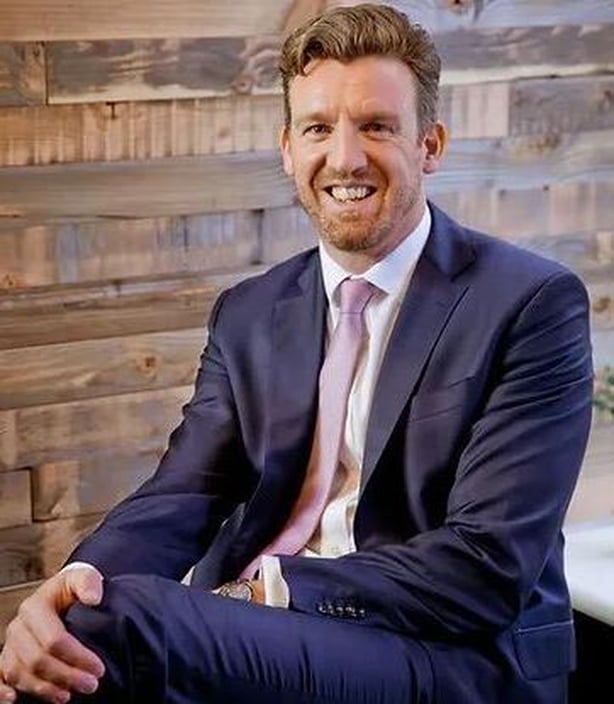
There are now 1,150 Irish chartered accountants living and working in Australia, the largest concentration in any country outside of Ireland and the UK and 41% of them are aged 24-34.
The Irish have a great “brand” now in Australia, Mr Wilson says, not just accountants but engineers, nurses, doctors, electricians, finance and tech graduates.
He says the Irish are well thought of and recognised for their qualifications and their work ethic.
However, he says, most eventually come home to Ireland. One reason for that nowadays, he says is that it’s harder to get visas which allow them to stay on.
Going to Australia for a year or two is nearly like a rite of passage now, says Karen Lanigan, a colleague of Mr Wilson.
She’s Head of Member Experience at Chartered Accountants Ireland and agrees with him that most come home to Ireland and when they do, she says, their experience in Australia makes them very marketable which is a positive for Ireland.
No doubt it’s the same for many other professions and trades. There may be a temporary brain-drain but ultimately most people will come home to the benefit of the Irish economy.
Or will they?
There is some concern in relation to people employed in the health services including doctors and nurses.
Dr Niamh Humphries has been researching emigration among doctors who have qualified here in Ireland for some time.

She’s a senior lecturer at the RCSI Graduate School of Healthcare Management.
While traditionally emigration among doctors was considered a positive thing because they came back to Ireland having gained great experience, Dr Humphries says we need to pay more attention to emigration trends and “when it comes to health workers, should consider what we can do better to retain them or encourage them to return”.
At the end of the economic crash, she says, overall emigration to Australia decreased, but not doctor emigration.
“The rate of doctor emigration from Ireland to Australia increased throughout the pandemic; doctor emigration on this scale has implications for the Irish health system,” she said.
Through interviewing emigrant doctors she has found that many had emigrated to escape difficult working conditions in the Irish health system.
“They described Irish hospitals as understaffed and overstretched workplaces within which extreme ways of working had become normal,” Dr Humphries added.
Only a minority of those surveyed planned to return to Ireland. Last year, she says, visas were granted to 444 Irish doctors, the previous year the figure was 442.
Last year the Irish Nurses and Midwives Organisation surveyed graduates and found that 73% of them were considering emigrating when they qualified.
Among the reasons they gave for not wanting to stay in the Irish health system was inadequate staffing levels, unmanageable pressure, exhaustion and unsafe staff-to-patient ratios.
Roisin O’Connell, INMO Student and New Graduate Officer said: “We simply can’t afford to be losing newly qualified nurses and midwives, but in light of the conditions they’re describing it’s not surprising so many of them want to leave.”
As for other professions, working conditions don’t seem to be what’s driving them to Australia.
Many will tell you they left good jobs to go there. Rachel Monaghan, a Customer Success Specialist from Sligo, says “the work thing is funny because no one ever seems to move to Australia as a career move. It’s very much like get a job that you can do happily that pays you enough to live a good life here.”
Ms Monaghan feels that most of those she knows there will come home.
For her “Ireland will always be home” but she says “they are in their 20s now with very little commitments at home in terms of mortgages etc so it’s a good time to uproot and try somewhere new”.
Brian Smith also sees his future back in Ireland.
He’s a 29-year-old actuary also from Sligo who moved to Sydney recently and says it was really a lifestyle choice for him.
He wasn’t driven by the lack of jobs in Ireland and says he will probably make less money in Australia, but he can have a better life there. It’s a nicer climate, better for your mental health and lifestyle and overall, a great experience.
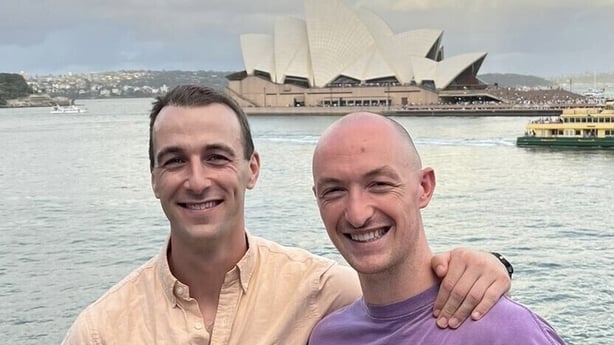
Not wanting to continue living in Dublin, where most of the jobs are but “where you pay London prices without getting the same value” was another reason for him to leave Ireland. He points out however, that Australia no longer feels as far away as it once did.
With Facetime he can chat to his family a few times a week and it’s like it would have been had he stayed in Dublin where he was working and didn’t come home to Sligo for a while.
I can relate to that. As a parent, being able to see your adult child when you chat to them on the other side of the world, makes it a bit easier.
That kind of communication was unheard during previous waves of Irish emigration to America, the UK and Australia. I’ve studied Irish emigration at an academic level and through my work in RTÉ over the years.
Back in the mid-eighties I did a series of reports for the Pat Kenny radio show about the flow of young Irish people to the UK at that time.
Alongside people of my own age and younger, I took the boat to Holyhead and the train to London where my own brother and sister were already living. In our family of four children, two had emigrated because they could see no future at home.
Many of those I met were straight out of school and had no qualifications, they worked on building sites, in shops and other service industries and a lot eventually came home when times got better here.
This wave of emigration is different, it’s not driven by a recession and unemployment as in the past.
It seems to be a consequence of a number of factors including covid, when young people were basically trapped for a couple of years and now have the itch to travel, and a life-style choice made possible by the world becoming a smaller place in terms of transport and communications.
Some things haven’t changed though and that’s the way the Irish network when they emigrate. The GAA is central to that for many Irish emigrants. There are records of Gaelic football being played on the goldfields of Victoria in Australia in the 1850s.
Now there are 48 clubs on the continent and the number of registered players has been growing steadily over the past few years with the latest influx of Irish men and women.
The GAA records all player transfers between clubs within Ireland and abroad including America, Europe, and Asia. Last year the highest proportion of transfers sanctioned were to Australia – 1,115.
The current figure for registered players there is almost 4,500 and the GAA has also noted a particular growth in ladies’ football. Since the beginning of December alone there have been 112 transfers to LGFA clubs in Australasia (Australia and New Zealand) and almost 300 transfers were sanctioned in 2023.
Back home, however, GAA clubs all over the country are feeling the pinch.
In Donegal, Mary Coughlan, Chair of the Donegal County Board says they’ve seen an increase in emigration in recent years and there’s no doubt it’s having an impact at both club and county level.
In December and January alone, she said there were 23 transfers from clubs in the county. 23 left and 10 came back. Of those who left, six went to Australia, six to the UK and the rest went to play with other clubs in Ireland, mostly Galway and Dublin.
“Wains want to get away,” she said, “it’s a lifestyle choice but it’s also having a negative impact on the jobs market here.”
Wearing two hats in Sligo, Niall Murray also sees the impact. He’s Managing Director of Collins McNicholas Recruitment and HR Group which has offices in Sligo, Galway, Athlone, and Cork.
He’s also very involved in St. Mary’s GAA Club in Sligo, the club my son played with, and has just finished a term as Chairperson. He now refers to Dylan and his friends as the “Sydney Branch of St Mary’s”.
Recently they did a fundraising run for the club at the same time as it was being held back home – albeit in sunshine!
Our Sydney branch of the Mary’s supporters club getting the miles done over in Australia. The water there is obviously warmer than in Rosses point lads👍 ☀️ pic.twitter.com/ZOfWVAhYvl
— St. Mary’s GAA Club Sligo (@StMarysGAASligo) February 3, 2024
So, the connection is still strong and while the club in Sligo is down about six senior and junior players at the moment, Mr Murray says there isn’t a club in Ireland that hasn’t been impacted.
Calling up the statistics from the GAA’s live transfer list, he notes 223 transfers to Australia so far this year.
For him, the trend is largely a product of Covid and not necessarily a cost-of-living issue.
“We’ve certainly seen a trend of 20-somethings heading to Australia including three from our own company who have gone there recently,” he said.
As recruiters they’re hearing more of “I’m off to Australia” from people they call about particular jobs they would be good candidates for.
They’re seeing graduates with two to three years’ experience under their belts, leaving jobs for Australia.
It’s not forced emigration, he says, it’s a lifestyle choice and it’s a fantastic opportunity for them but “hopefully they will come back”.
There’s a huge cemetery overlooking the sea on the beautiful coastal walk from Coogee to Bondi beach.
I couldn’t resist a wander around it and was struck by the number of Irish names on the headstones from the late 1800s onwards.
The inscriptions often stated the deceased person’s county of origin which made me think that they always carried that connection to home within them, but few would have been able to make the long journey home.
This generation of Irish emigrants is different. They have more choices.
The cost of living in Sydney is comparable to home, rent is not cheap and property prices have been rising in recent years.
For many Irish living there, buying a home in Australia, if they stay and get residency, may well be out of reach but if they were at home the same may well be true.
So, from my experience of meeting them, some feel the choice for them is between not being able to buy in Ireland where the weather and work are more challenging, and not being able to buy in Australia where the sun is shining, and the lifestyle is better.
For now, these young people are “living the life”, as my son says.
And why not?

